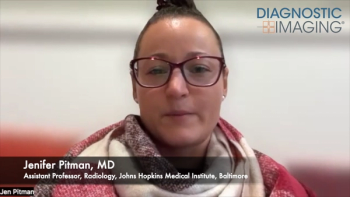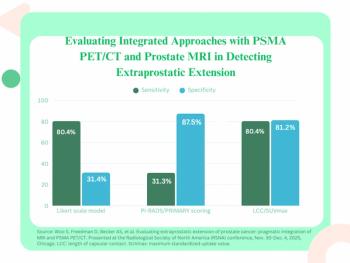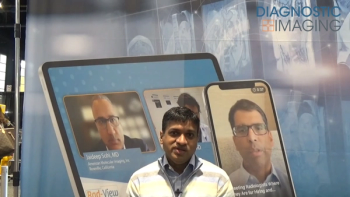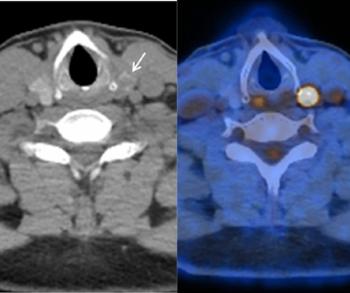
Radiology Residents Distracted by Calls to Reading Room
Radiology residents who take phone calls in the reading room may become distracted, reducing their diagnostic accuracy.
Phone calls to on-call radiologists are distracting and may negatively affect diagnostic accuracy, according to a study published in the journal
Researchers from the Indiana University School of Medicine sought to determine if distractions, like telephone calls, in the radiology reading room affected the diagnostic accuracy of radiology residents during off-hour coverage.
The researchers identified phone call times and durations over a 13-month period by examining radiology resident discrepancy reports and reading room logs from an academic tertiary care pediatric hospital. The researchers identified major discrepancy shifts. These were defined as a call shift where at least one major discrepancy was discovered the following morning by the attending radiologist between the resident preliminary and attending final reports. They also identified dictation time stamps for each discrepant preliminary dictation recorded. The researchers then compared telephone call volume and preliminary report time stamps were either “discrepancy shifts” or “no discrepancy shifts.” Each call shift lasted 14 hours. In the morning, major discrepancies were logged.
The results showed that there were 51 major discrepancies in 41 shifts. Thirty-nine of these discrepancies had documented error details and resident preliminary report time stamps.
“The average number of telephone calls for the “discrepancy shifts” was slightly greater than the “no discrepancy shifts” (48.59 versus 44.02) but was not statistically significant,” the authors wrote. “However, there was a statistically significant increase in the average number of phone calls in the one hour preceding the generation of a discrepant preliminary report versus the “no discrepancy shifts” (4.23 versus 3.24 calls). One additional phone call during the hour preceding the generation of a discrepant preliminary report resulted in a 12% increased likelihood of a resident error.”
The researchers concluded that efforts should be made to limit distractions, such as phone calls, to reduce the risk of major discrepancies in image readings.
Newsletter
Stay at the forefront of radiology with the Diagnostic Imaging newsletter, delivering the latest news, clinical insights, and imaging advancements for today’s radiologists.



























